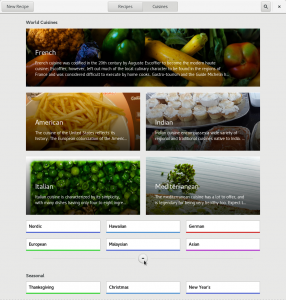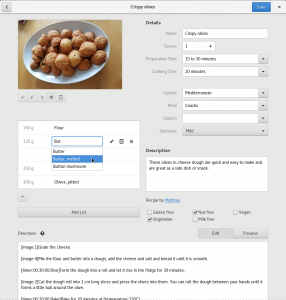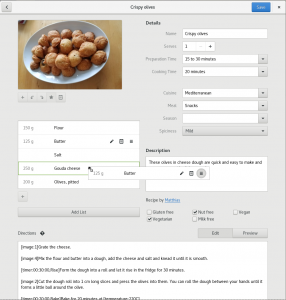
When we introduced HiDPI support in GNOME a few years ago, we took the simplest possible approach that was feasible to implement with the infrastructure we had available at the time.
Some of the limitations:
- You either get 1:1 or 2:1 scaling, nothing in between
- The cut-off point that is somewhat arbitrarily chosen and you don’t get a say in it
- In multi-monitor systems, all monitors share the same scale
Each of these limitations had technical reasons. For example, doing different scales per-monitor is hard to do as long as you are only using a single, big framebuffer for all of them. And allowing scale factors such as 1.5 leads to difficult questions about how to deal with windows that have a size like 640.5×480.5 pixels.
Over the years, we’ve removed the technical obstacles one-by-one, e.g. introduced per-monitor framebuffers. One of the last obstacles was the display configuration API that mutter exposes to the control-center display panel, which was closely modeled on XRANDR, and not suitable for per-monitor and non-integer scales. In the last cycle, we introduced a new, more suitable monitor configuration API, and the necessary support for it has just landed in the display panel.
With this, all of the hurdles have been cleared away, and we are finally ready to get serious about fractional scaling!
Yes, a hackfest!
Jonas and Marco happen to both be in Taipei in early June, so what better to do than to get together and spend some days hacking on fractional scaling support:
https://wiki.gnome.org/Hackfests/FractionalScaling2017
If you are a compositor developer (or plan on becoming one), or just generally interested in helping with this work, and are in the area, please check out the date and location by following the link. And, yes, this is a bit last-minute, but we still wanted to give others a chance to participate.




